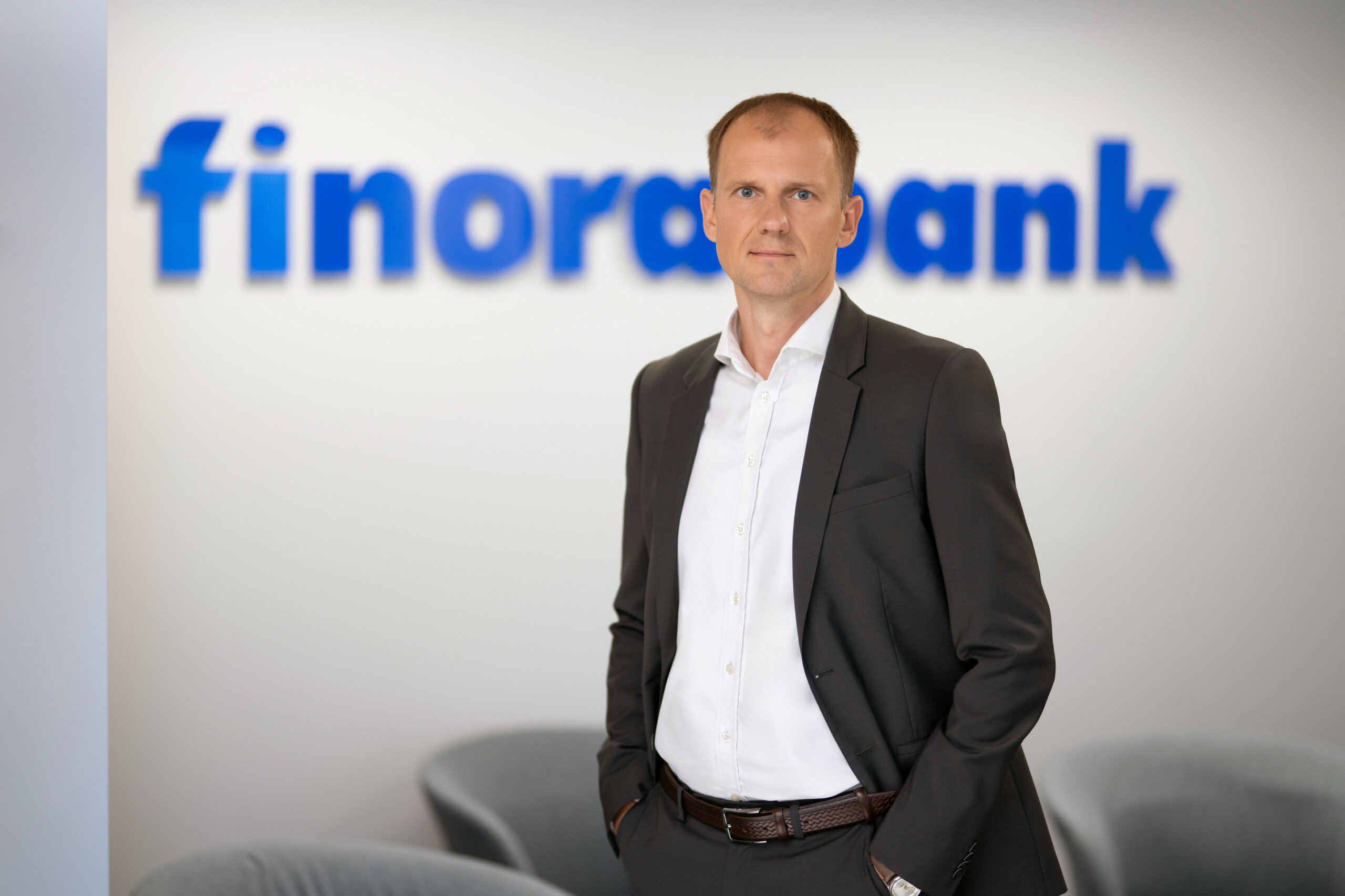Although Estonia’s economy is no longer shrinking, it has yet to return to growth. However, signs such as recovering investments and improved financing opportunities for small businesses—which form the backbone of Estonia’s economy—suggest optimism that the crisis is nearing its end and growth is only a matter of time, writes Mangirdas Kireilis, head of Finora Bank’s Estonian branch.
Assessments of Estonia’s current economic state often depend heavily on mood and perspective. Some may say Estonia’s economy still hasn’t restarted growth. Yet, the same data can also be seen as proof that the economic decline has clearly stopped. So, what should we think—is the glass half-empty or half-full? Based on the facts, should we lean towards pessimism or optimism?
“At Finora Bank, we work daily on financing Estonian small businesses,” explains Kireilis. “Modern banking means that an entrepreneur using loans, leasing, or factoring isn’t just another anonymous client among hundreds. Instead, their account manager becomes more of a business advisor. Entrepreneurs share their ideas and plans, and together we find ways to develop and finance them.”
This collaborative approach provides valuable insights into the thoughts and concerns of small business owners across different sectors in Estonia. Over recent years, Finora Bank’s account managers have witnessed varying emotions among clients—fear and hopelessness have now been replaced by determination and renewed confidence.
Small Business Optimism Grows
It’s a well-known fact that emotions and hope—or the lack of it—play a significant role in the economy. For Estonia, the attitudes of small business owners are particularly crucial. Small and medium-sized enterprises (SMEs) form the majority of Estonia’s economy and employ most of its workforce. While they may receive less attention than a few prominent big brands, it is these thousands of SMEs that truly drive Estonia’s economic resilience.
“This is why it’s encouraging to see optimism taking hold over the past six months,” Kireilis remarks. “Of course, businesses remain cautious, carefully assessing risks. But this reflects responsible decision-making, not despair or hopelessness. Estonian small business owners already believe their ventures are on an upward path, and that belief is a critical first step toward making it happen.”
Recent data from Eesti Pank (the Bank of Estonia) and the European Central Bank supports this sentiment. While the overall investment landscape in Estonia is still recovering, specific sectors such as real estate, manufacturing, and transport are seeing clear signs of revival. These trends indicate growing confidence in the future.
Euribor Declines and Banking Competition Benefits Entrepreneurs
Public analyses often cite rising demand in export markets as a key driver for the gradual recovery of investments and business optimism. However, another factor deserves attention: the cost of capital for small businesses has significantly decreased this year.
“The average cost of secured loans for SMEs in Estonia has dropped by 0.29 percentage points,” Kireilis points out. “Currently, the average interest rate for secured loans stands at 4.1%, making it highly competitive in recent years. Lower borrowing costs naturally encourage investments, growth, and exports.”
According to Kireilis, two main factors contribute to this trend: “Firstly, the declining Euribor rate. Secondly, increasing competition in Estonia’s banking sector benefits customers. The days when just a few foreign-backed banks dominated the market are clearly over.”
In conclusion, Kireilis offers this advice to entrepreneurs: “Your optimism is justified—embrace it. Financing is the fuel of business, and the cost of capital is currently very favorable. Approach multiple banks with your ideas and clearly outline your plans. Find the best match for your vision and ensure that great ideas are realized, and opportunities are not missed. Together, we can drive Estonia forward.”
